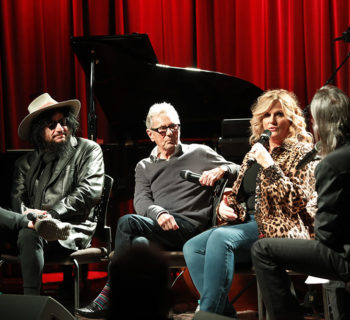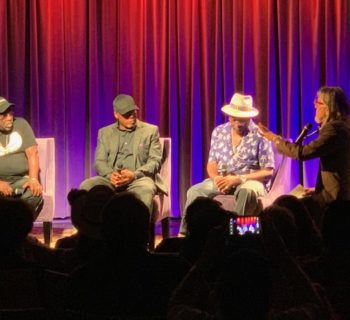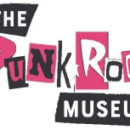The Grammy Museum at L.A. LIVE has acquired the largest collection of National guitars in the United States. The collection, titled “Shine Like A National Guitar,” is on view now on the Museum's fourth floor and marks the first-ever collection donated to the Museum as part of its permanent archives. The guitars were received as a gift to the Museum from New York-based realtor Todd Cooper. “Shine Like A National Guitar” marks the first exhibit to solely feature artifacts from the Museum's permanent collection.
"I have owned these guitars for many years," said Cooper. "I have had countless hours admiring their beauty and unique artwork. These pieces are more than instruments, they are art that should be displayed for people to admire, and hopefully they will give the same joy to folks as they did for me. My appreciation and admiration goes to the Grammy Museum for seeing the value in these instruments, and the Museum should be supported by all of us for its efforts."
The collection features nearly 50 stringed instruments made by the National company, and includes a Style O Resonator Tenor (1938), an Aragon Deluxe Archtop Resonator (1940) and a "Don" Style 1 Single-Cone Resonator (1934), the latter of which is one in only 150 made.
Read More: Grammy Museum Mississippi Gears Up for Debut
Artists who have used National guitars include blues legends such as Tampa Red, Son House, Bukka White and, more recently, Taj Mahal, Johnny Winter and Mark Knopfler. The examples seen in the Museum's latest special display, “Shining Like a National Guitar,” demonstrate the remarkable design and creative beauty of these instruments.
The display also features documentary footage of the production process of a National guitar, as well as an interview with Marc Schoenberger, whose National Guitar Repair company is devoted to repairing and setting up resonator instruments, specializing in those made by the National and Dobro companies.
"A National guitar is sonically superior than any other guitar," says Schoenberger.
Photo from grammymuseum.org.
For more information, visit grammymuseum.org.













